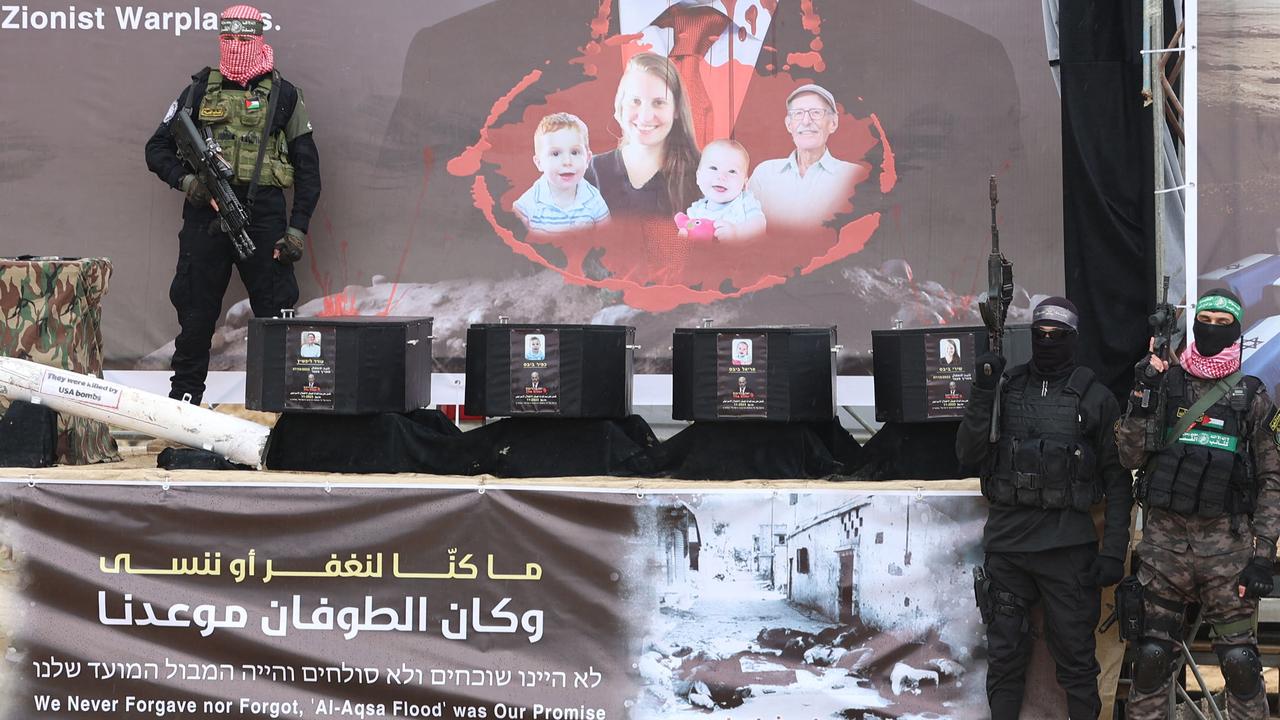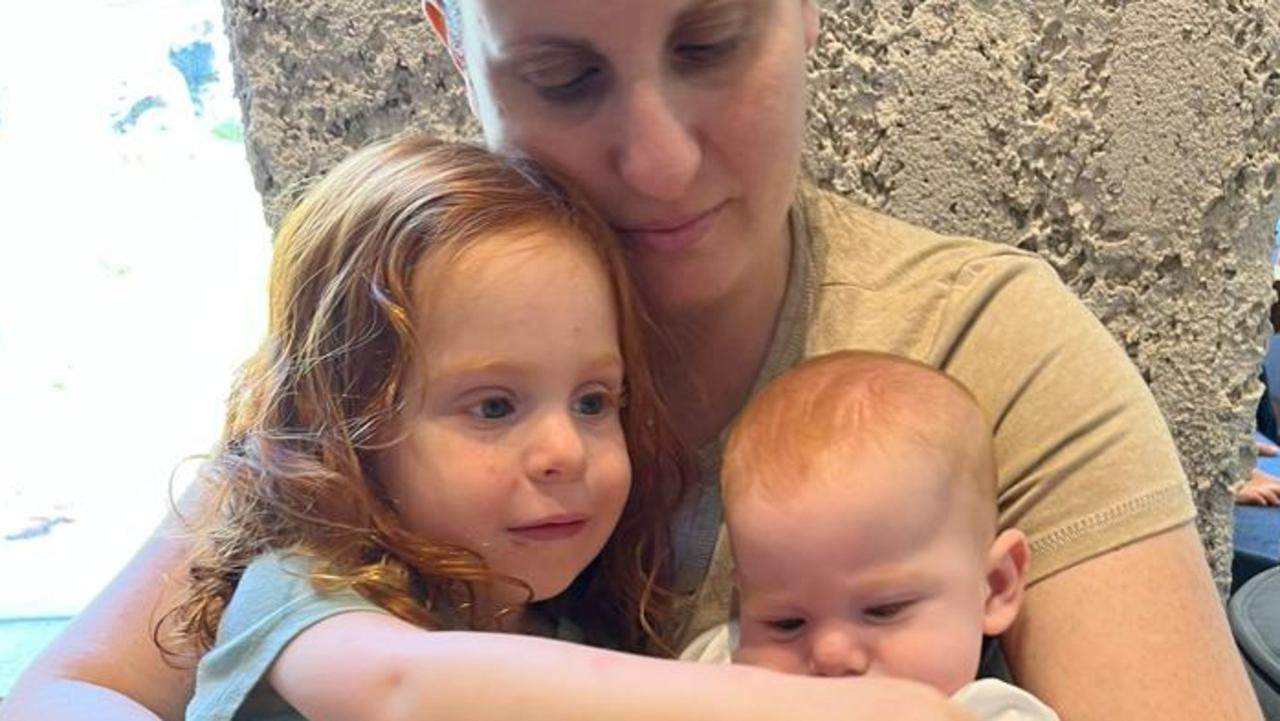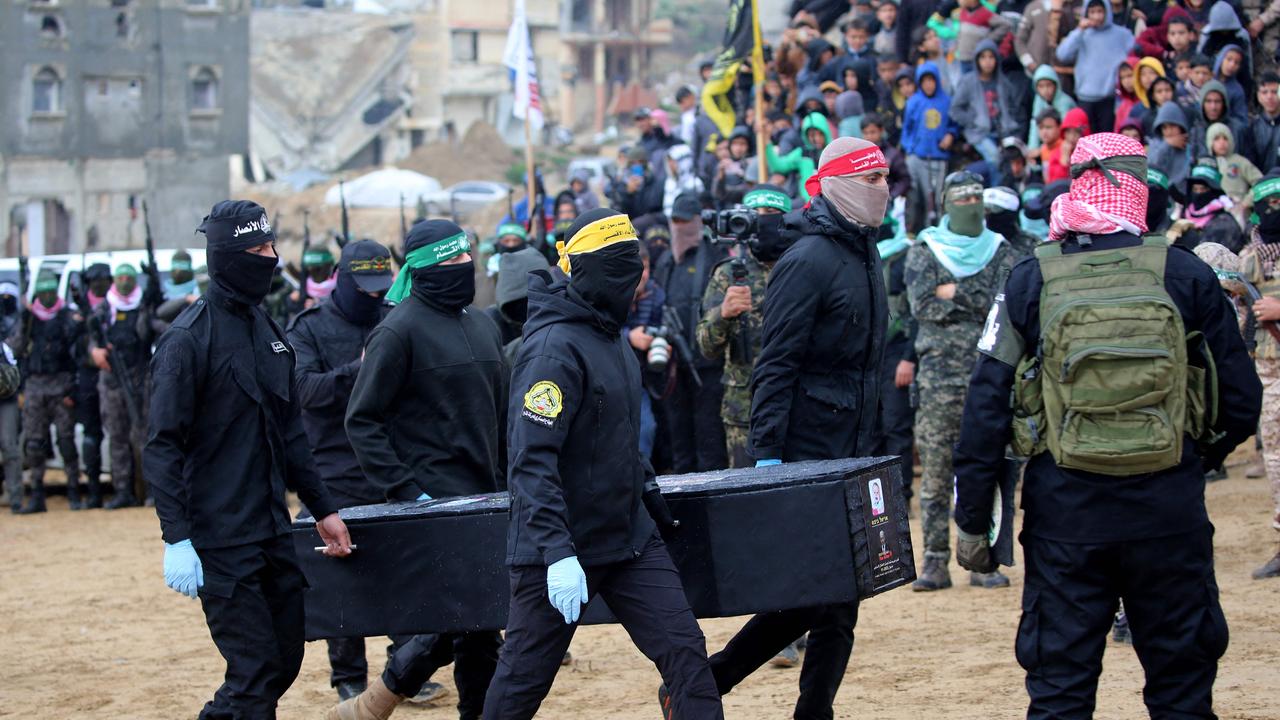Messy aftermath of ominous chopper death
Iran’s president is dead after his helicopter plunged into a remote mountainous region amid heavy fog – but there’s much more to the story.
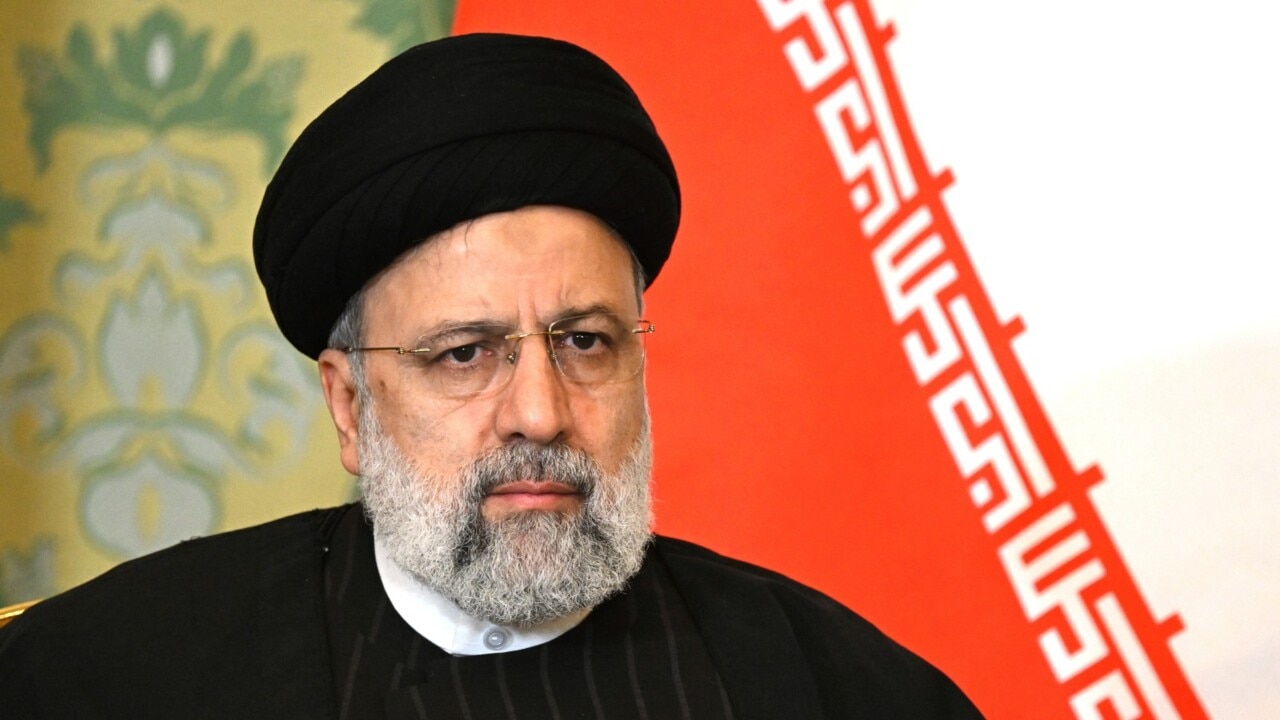
The weather was terrible. The helicopter was 45 years old. But everybody is asking – who would benefit the most from the death of Iran’s hard line president Ebrahim Raisi?
Search and rescue teams reported “no signs of life” at the wreckage site they found after a long night of working through intense fog and cloud.
The helicopter carrying the president and his foreign minister – believed to be a 1970s vintage Bell Huey Type 412 – made a “hard” landing near the city of Jolfa on the northern border with Azerbaijan.
State-controlled television and radio broadcasted calls for prayers for the 63-year-old president – who was later confirmed dead.
Senior (but unnamed) Israeli officials were quick to tell local media that the country had no involvement or connection to the crash.
Tensions remain high between the two Middle Eastern powers after Tehran launched a massive missile and drone assault in retaliation for an April 1 Israeli attack on an Iranian embassy in Syria that killed 16 officials, including eight officers of the Islamic Revolutionary Guard.
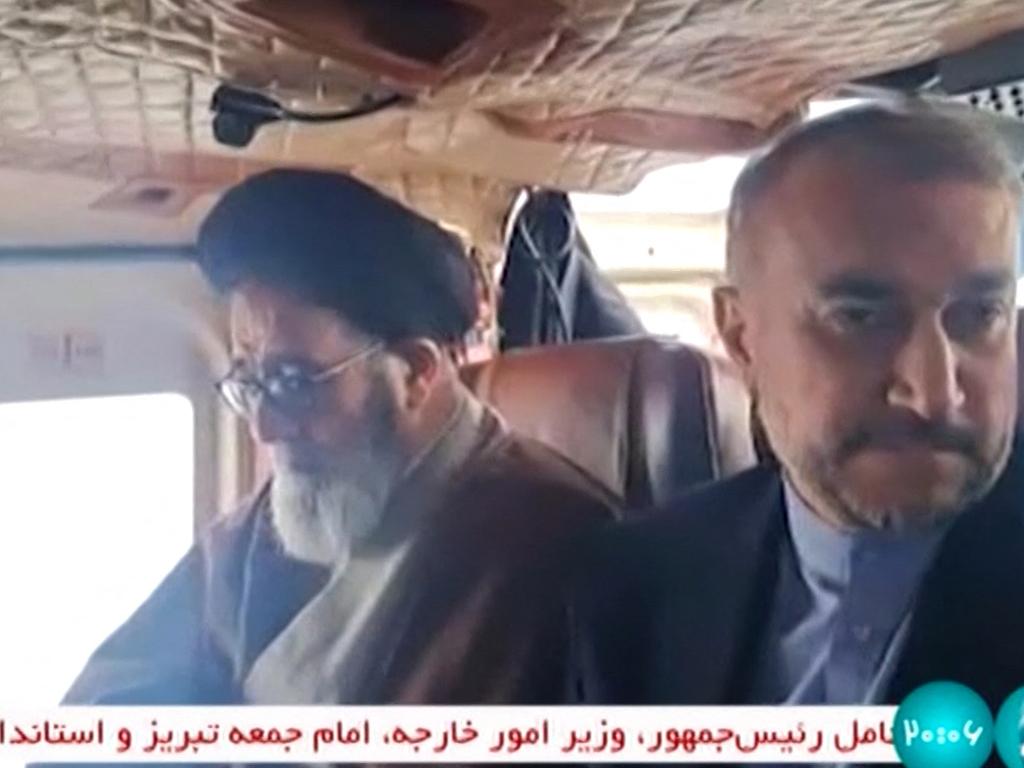
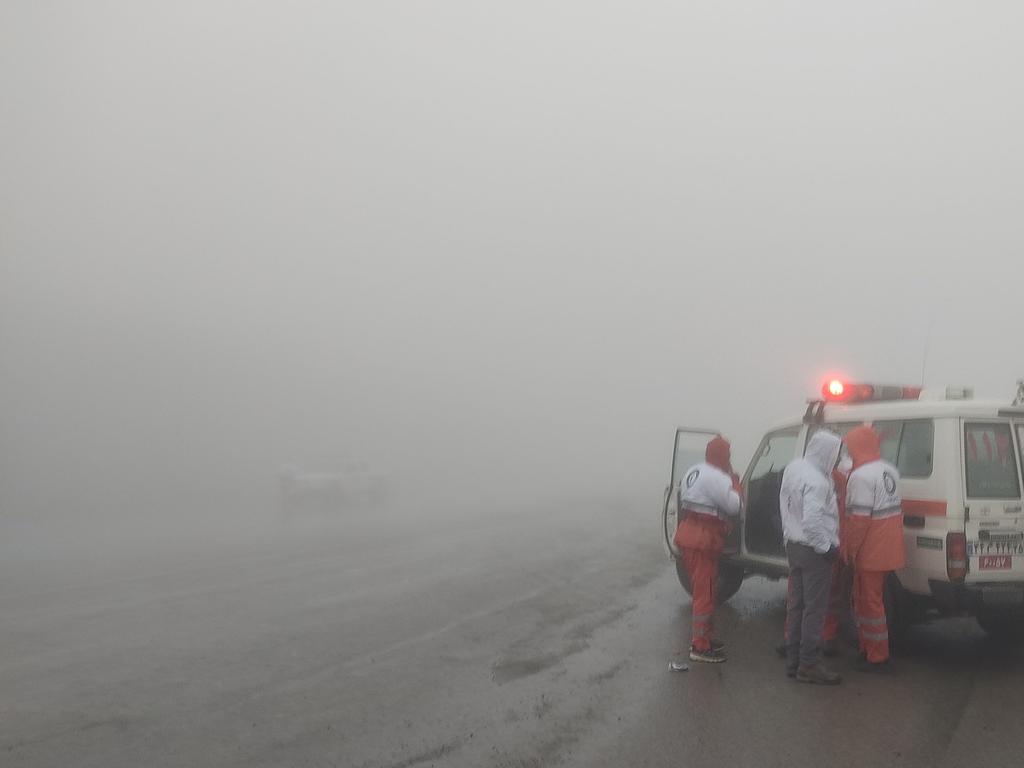
But the president’s fate – regardless of its cause – has drawn attention to a growing power struggle within Iran as its aged Supreme Leader, Ayatollah Ali Khamenei, 85, nears the end of his life.
Raisi was slated to be his replacement.
His main competitor was one of Khamenei’s sons, Mojtaba.
But the Sunni Islam theocracy – a state run by religious theologians – is in the grip of a worsening internal power struggle.
On one side is an entrenched hierarchy embracing extreme interpretations of sharia law to maintain their control over an increasingly discontent population.
And on the other is a growing movement that’s had enough of decades of hangings, fatal beatings and assaults for offences as minor as letting a headscarf slip.
The fate of the ‘hanging judge’
As Iranian rescuers wait for morning and for the fog to lift, speculation is quickly shifting from what was the cause of the accident to what could it mean?
Israel has a long history of assassination. It’s the chief suspect in the murder of five Iranian nuclear scientists between 2010 and 2020.
But it’s never attempted to kill a head of state before and there’s no reason to believe they would start now.
Assassination, however, is a popular tool for promotion among aspirants within the theocracy itself.
Khamenei himself was attacked twice before being appointed Ayatollah – in 1981 and 1985. And in the past decade alone, eight leading clerics have been killed in bomb, gun and knife attacks.
Violence has never been far from Ebrahim Raisi.
He earned the title “the hanging judge” for sending thousands of political prisoners to their deaths in 1988.
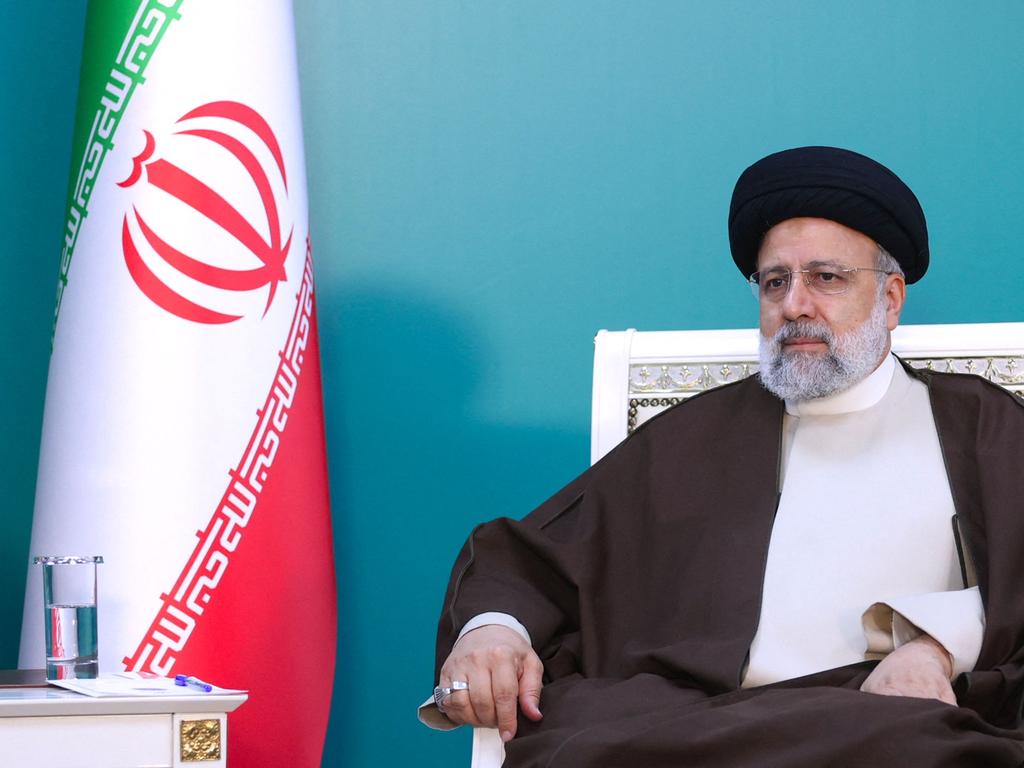
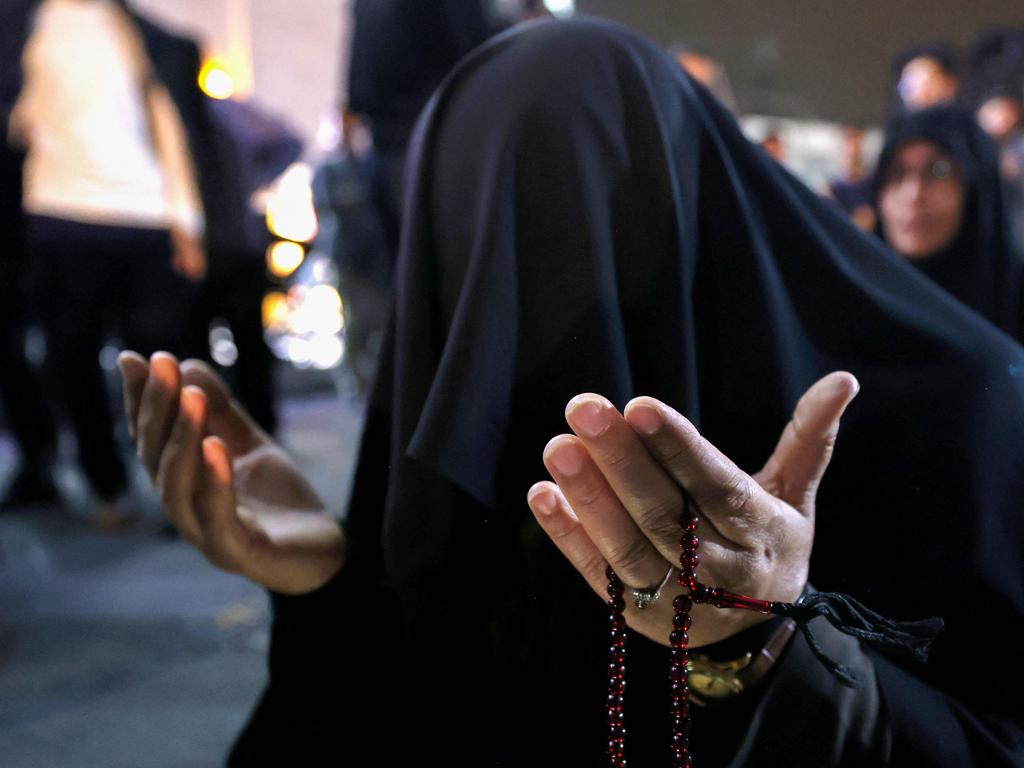
Only his reputation for handling the economy comes close to such severity (with Iran’s currency having lost more than half its value in the past four years, the tax system in turmoil, pension funds drying up and soaring inflation).
But the jockeying over who will become the next Ayatollah (supreme religious leader) has long since begun.
The death of Ayatollah Khomeini, who led the 1970s revolution that overthrew the previous secular state, did not produce widespread disruption.
The nation’s most senior clerics had already quietly chosen Khamenei as his successor, and made certain all competition had been sidelined.
This time, however, analysts say no such group of “kingmakers” exists.
Mojtaba is speculated to have fallen out of his father’s favour in recent years because of unspecified “activities”. And Khamenei has spoken against the establishment of any new monarchy.
And that leaves Iran’s future in the hands of its powerful military and religious factions.
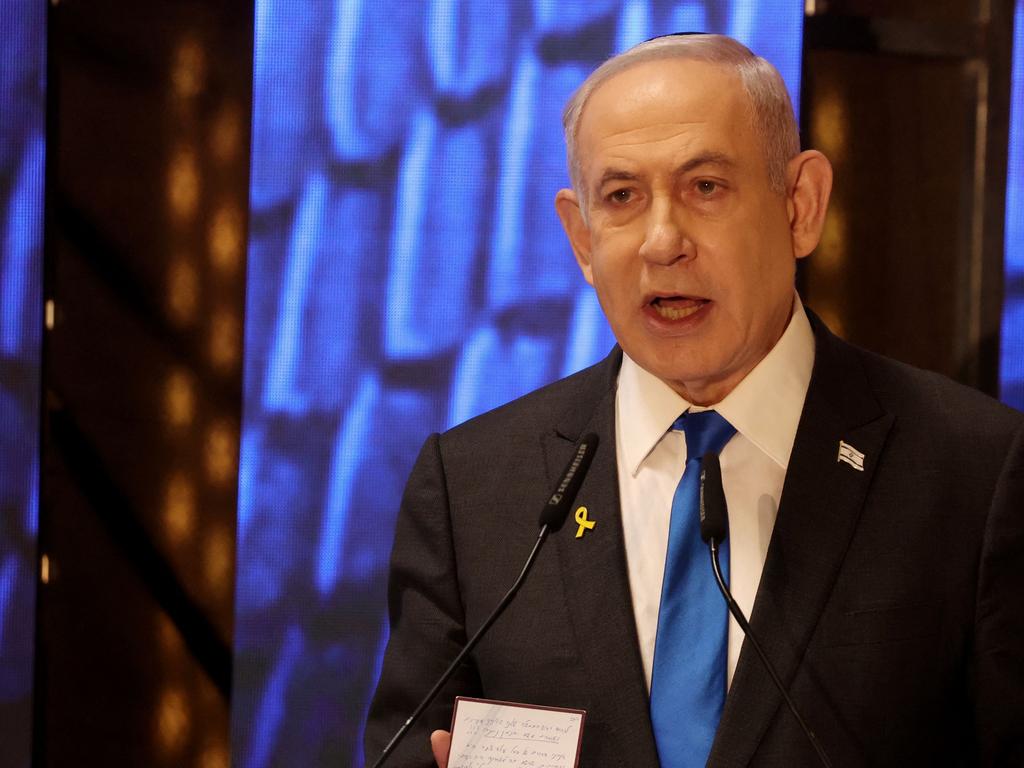
What comes next?
Iran’s constitution provides clear guidelines for what happens upon the death of a President.
The vice-president (Muhammad Mokhber) must temporarily take over the reigns.
And an election must be held within 50 days.
During this time, Iran’s small Guardian Council of most powerful clerics will decide among themselves who will be allowed to stand for the job.
Several factions will be at play.
The Revolutionary Guard is a state-funded, religiously-motivated army. Its power and influence has grown steadily over the decades as Tehran pursues its “Axis of Resistance” policy of supporting militant groups across the Middle East – including Hezbollah in Lebanon and the Houthis in Yemen.
But religious clerics and lawyers form the basis of Iran’s government.
Hard line conservatives regained the balance of power in 2021, after what was widely regarded as a rigged election saw Raisi win 62 per cent of the vote against token opponents.
Such forces appear to be at play again.
Former Iranian president Hassan Rouhani was “disqualified” from participating in parliamentary elections for the Assembly of Experts – a group of 88 clerics and lawyers that acts both as an advisory body to the Ayatollah and a council of electors for replacement candidates.
But the Guardian Council rejected Rouhani and several other “moderate” aspirants.
“Undoubtedly, the ruling minority overtly seeks to reduce public participation in elections … intending to dictate the people’s fate through their decisions,” Rouhani accused in January.
“You are not the owner of the revolution and the country. We are saddened by the fact that this revolution is being wasted like this.”




